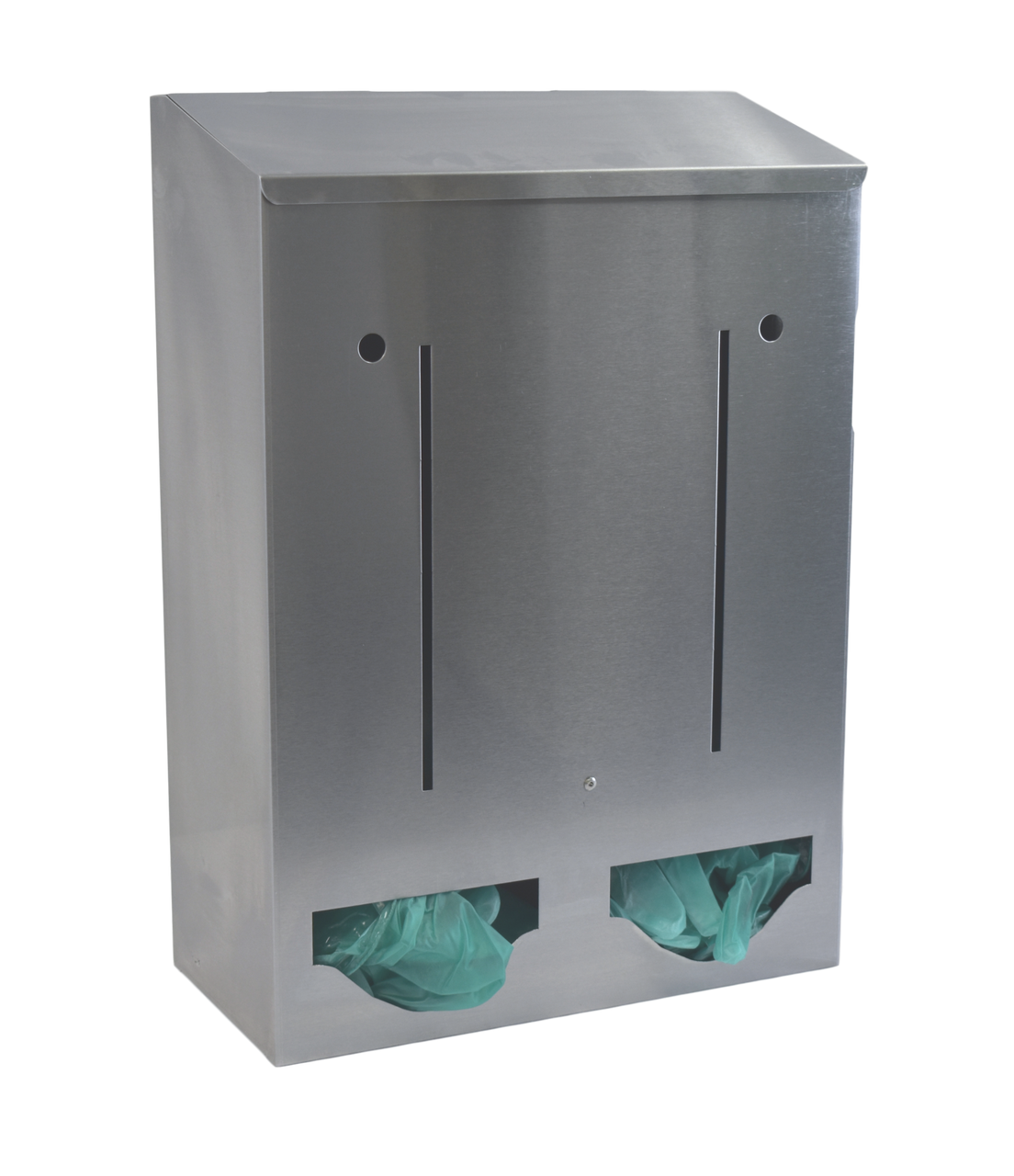Personal Protective Equipment (PPE) stations play a crucial role in maintaining workplace safety and compliance, especially in environments where employees are exposed to potential hazards. These stations are strategically designed to provide easy access to essential protective gear, ensuring that workers are adequately equipped to perform their tasks safely. This article delves into the importance, features, and best practices for implementing effective ppe stations in various work settings.
Importance of PPE Stations
Safety Compliance
Regulatory bodies such as OSHA (Occupational Safety and Health Administration) mandate the use of PPE in specific industries to minimize the risk of injuries. PPE stations help organizations comply with these regulations by ensuring that protective gear is readily available and properly maintained.
Risk Mitigation
In industries like construction, manufacturing, healthcare, and laboratories, workers are often exposed to physical, chemical, biological, and environmental hazards. PPE stations provide the necessary equipment to mitigate these risks, reducing the likelihood of accidents and health issues.
Enhanced Productivity
By having PPE readily accessible, workers can spend less time searching for equipment and more time focusing on their tasks. This not only improves efficiency but also ensures that safety is not compromised due to time constraints.
Promoting a Safety Culture
Visible and well-maintained PPE stations emphasize the importance of safety within the organization. This fosters a culture where employees prioritize their well-being and adhere to safety protocols consistently.
Key Features of Effective PPE Stations
Strategic Placement
ppe stations should be strategically located in areas where they are most needed. This includes near entrances to hazardous zones, in high-traffic areas, and close to emergency exits. Easy accessibility ensures that workers can quickly don protective gear when required.
Comprehensive Inventory
An effective PPE station should be stocked with a variety of protective equipment suited to the specific hazards of the workplace. This may include gloves, helmets, goggles, face shields, ear protection, respirators, and protective clothing.
Clear Signage and Instructions
Proper signage and instructions are essential to guide workers on the correct use and maintenance of PPE. Labels and posters should be clear, concise, and prominently displayed to ensure that employees understand the importance and proper usage of each item.
Regular Maintenance and Inspection
PPE stations should be regularly inspected and maintained to ensure that all equipment is in good working condition. Damaged or expired equipment should be promptly replaced to maintain the effectiveness of the protective gear.
Training and Awareness
Employees should receive regular training on the correct use of PPE. This includes understanding the types of hazards present, how to properly wear and adjust PPE, and the limitations of each protective device.
Best Practices for Implementing PPE Stations
Conduct a Hazard Assessment
Before setting up PPE stations, conduct a thorough hazard assessment to identify the specific risks in the workplace. This helps in determining the type and quantity of PPE required.
Involve Employees in the Process
Engage employees in the selection and placement of PPE stations. Their input can provide valuable insights into practical aspects and ensure better compliance with safety protocols.
Monitor and Review Usage
Keep track of PPE usage and conduct periodic reviews to assess the effectiveness of the stations. Monitoring usage patterns can help in identifying areas for improvement and ensuring that the stations meet the evolving needs of the workplace.
Implement a PPE Management System
Develop a system for managing PPE inventory, including tracking usage, ordering replacements, and maintaining records of inspections and training sessions. This ensures a consistent supply of protective gear and compliance with safety regulations.
Foster a Safety-First Mindset
Encourage a proactive approach to safety by promoting the importance of PPE through regular communications, safety meetings, and recognition programs. A safety-first mindset ensures that employees remain vigilant and committed to using PPE correctly.
Conclusion
PPE stations are a fundamental aspect of workplace safety, providing essential protection to workers exposed to various hazards. By ensuring easy access to high-quality protective gear, these stations help organizations comply with safety regulations, mitigate risks, and enhance productivity. Implementing effective ppe stations requires strategic planning, regular maintenance, and a commitment to fostering a culture of safety. With the right approach, PPE stations can significantly contribute to a safer and more efficient work environment.
For more info. Visit us:





Comments